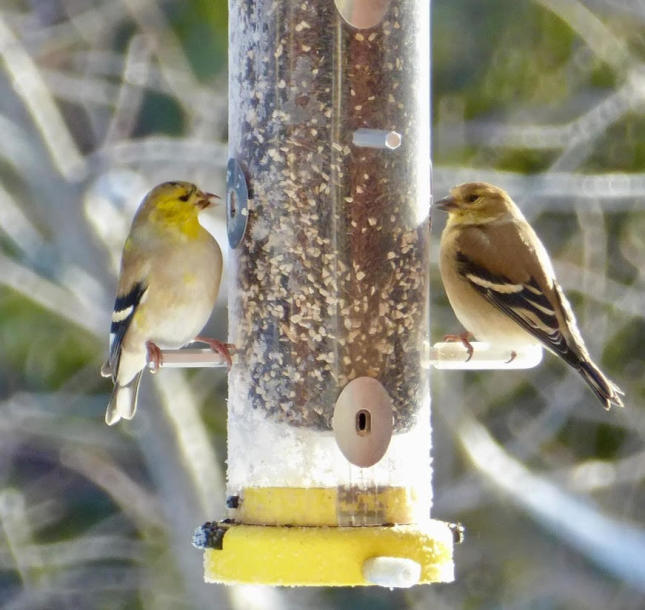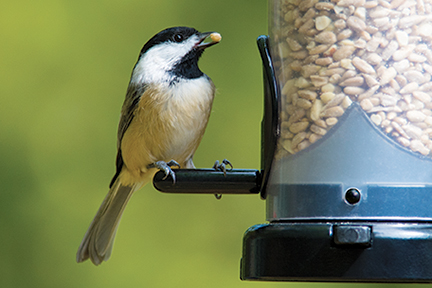March Nature Happenings
- Project FeederWatch continues. Project FeederWatch turns your love of feeding birds into scientific discoveries. FeederWatch is a November-April survey of birds that visit backyards, nature centers, community areas, and other locales in North America. click here for details
- Southwest winds bring migrating Turkey Vultures and hawks into the area. Turkey Vultures play an important role in our environment as they eat carrion. By taking care of the carrion, vultures provide an essential service for the health of our ecosystems. Without them, carcasses would accumulate, and diseases would spread from rotting flesh. With stomach acid that is extremely acidic, Turkey Vultures can digest just about anything. This also allows them to eat carcasses tainted with anthrax, tuberculosis, and rabies without getting sick.

- Spring Peepers, Wood Frogs and Chorus Frogs begin calling late in the month.
- Sandhill Cranes can be seen migrating north, returning to breed in open wetlands, fields, and prairies across North America. Sandhills begin to breed when they are 2 to 7 years old, mating for life and staying with their mates year-round. Juveniles stick close by their parents for 9 or 10 months after hatching, travelling with them to their winter habitat. Protecting the habitat that they need for breeding is essential to their survival. Contributions made to the Michigan Land Conservancy will help keep their breeding grounds preserved.
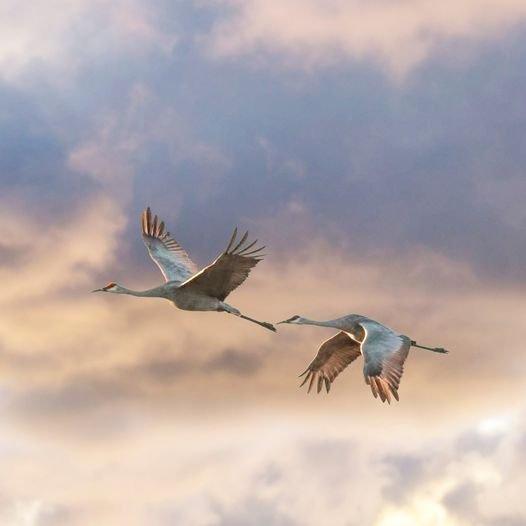
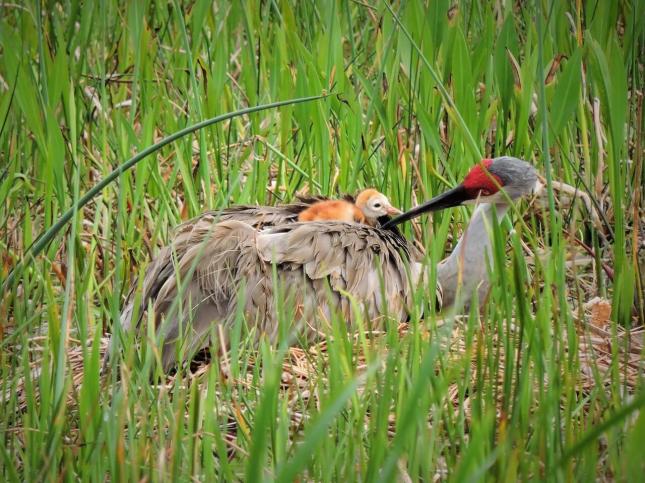
- Killdeer return in the early part of March, announcing their arrival with clear calls that sound like they are saying their name - “Killdeer, killdeer”. They are a species in the plover family and are returning from southern Florida and Central America to breed. They seek open areas such as sandbars, mudflats, and grazed fields and when in town, they inhabit lawns, driveways, athletic fields, parking lots, airports, and golf courses.
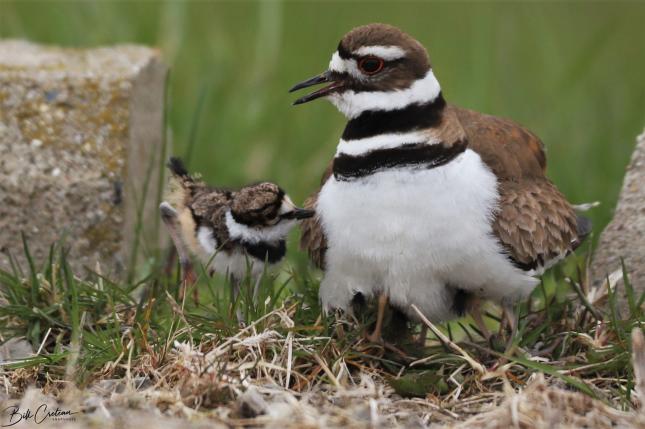
- Great Blue Herons are returning from their wintering grounds in early March. They will nest in colonies established in the tops of trees. Large tracks of land with fish-filled waters nearby is essential habitat for these herons.
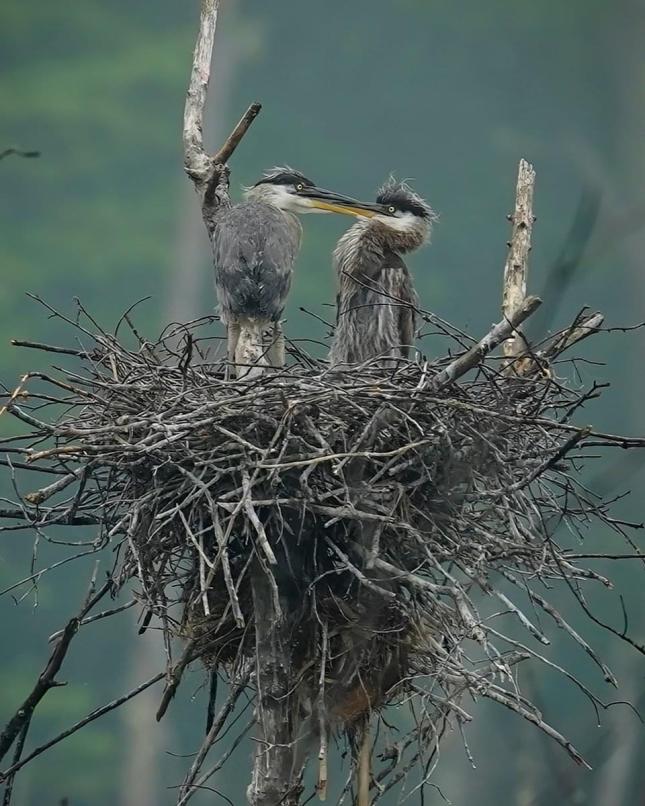
- Peak of spring waterfowl migration. A great place to see this spectacle is at Lake St. Clair Metro Park and other places that you are able to access Lake St. Clair. Here at Wild Birds Unlimited in Grosse Pointe Woods, we have binoculars and a duck identification guide to enhance your experience.
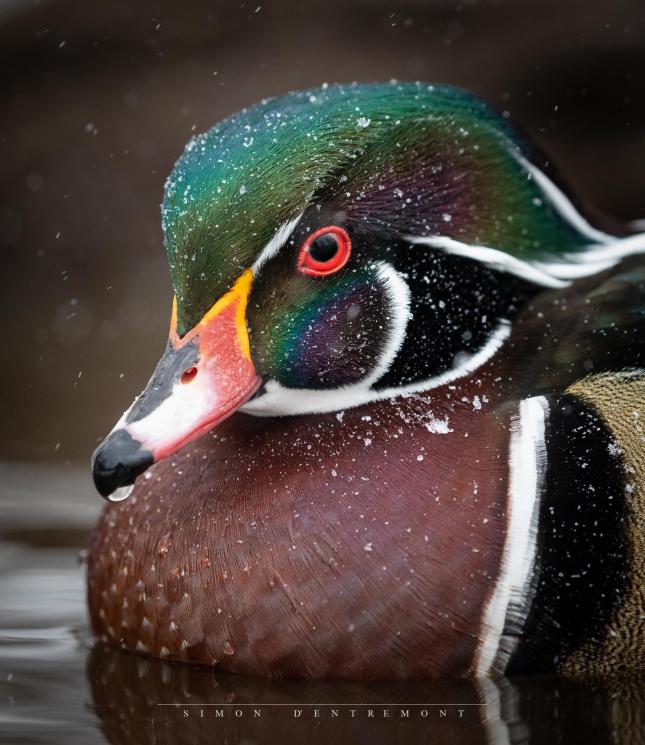
- Bald Eagles and Great-Horned Owls are sitting on their eggs. Incubation takes a long time for these larger birds – 35 days for Bald Eagles and 30 – 37 days for Great-Horned Owls. The young will hatch at a time when food is plentiful as their prey will have young as well.
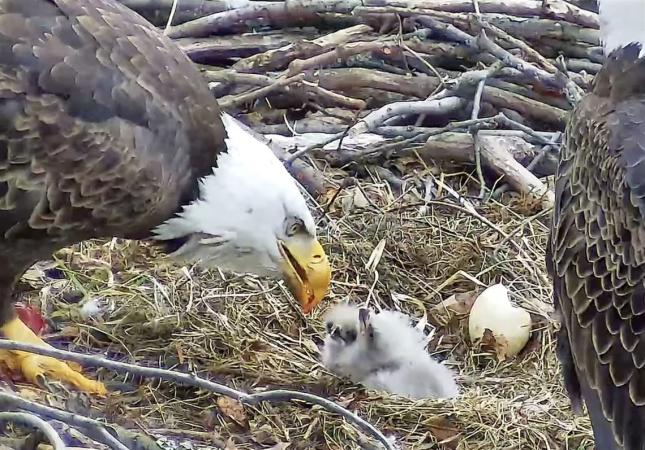

- American Woodcocks are performing courtship flights in late March. The males perform a sky dance at dusk and dawn, starting with the bird giving a series of nasally peent calls from the ground. Then the woodcock will flutter skyward in a series of wide spirals, emitting a musical twitter. Up and up he goes, the spirals steeper and smaller, the twittering louder and louder, until the performer is only a speck in the sky. Then, without warning, he tumbles down, giving voice in a soft liquid warble. At a few feet from the ground he levels off and returns to his peenting ground, usually to the exact spot where the performance began, and there resumes his peenting.
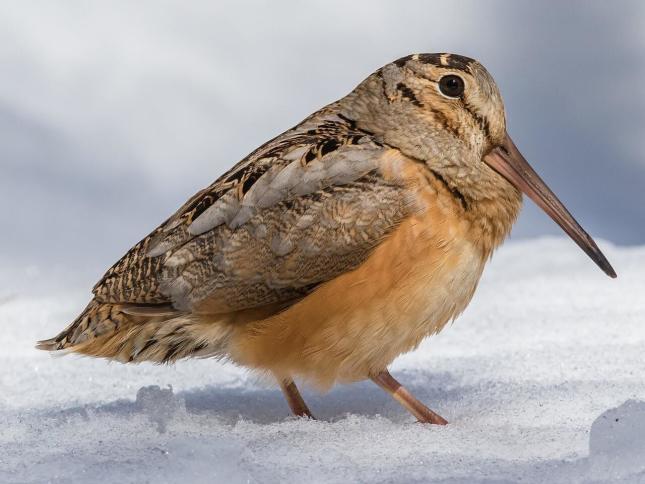
- Mourning Doves are nesting. Remember to leave small twigs and pine needle droppings for them to use as nest material. Did you know that Mourning Doves nest more times in one season than any other bird in our area?
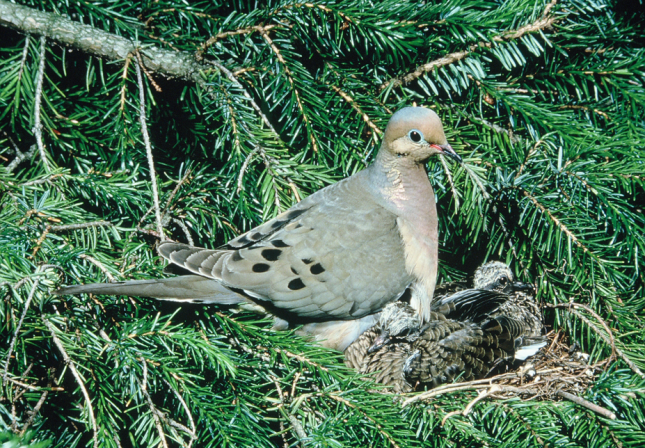
- Phoebe’s return late in the month. This flycatcher perches in conspicuous places, flying out to catch insects that it spots as they fly past. Phoebe’s are acclimated to nesting in areas near human habitation.
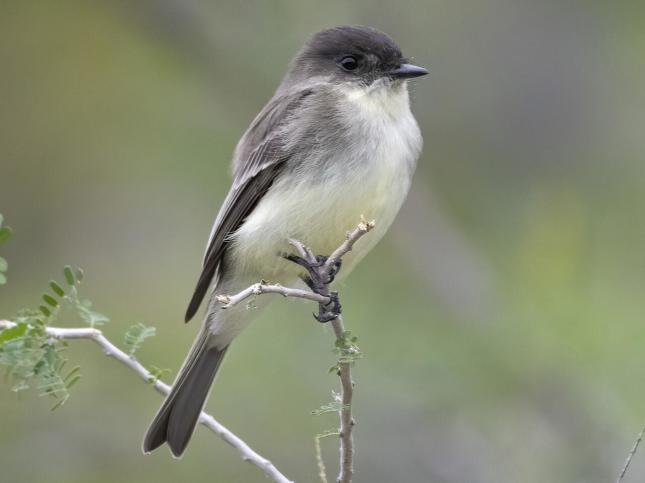
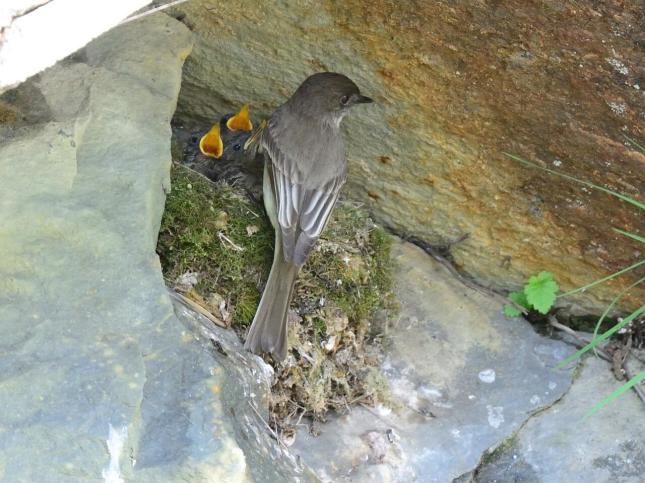
- Goldfinches begin to molt into their brilliant yellow plumage. Offering fresh seed in your yard will get them the proteins that they need to go through this color shift. With thanks to Lisa Mager for her photograph.
